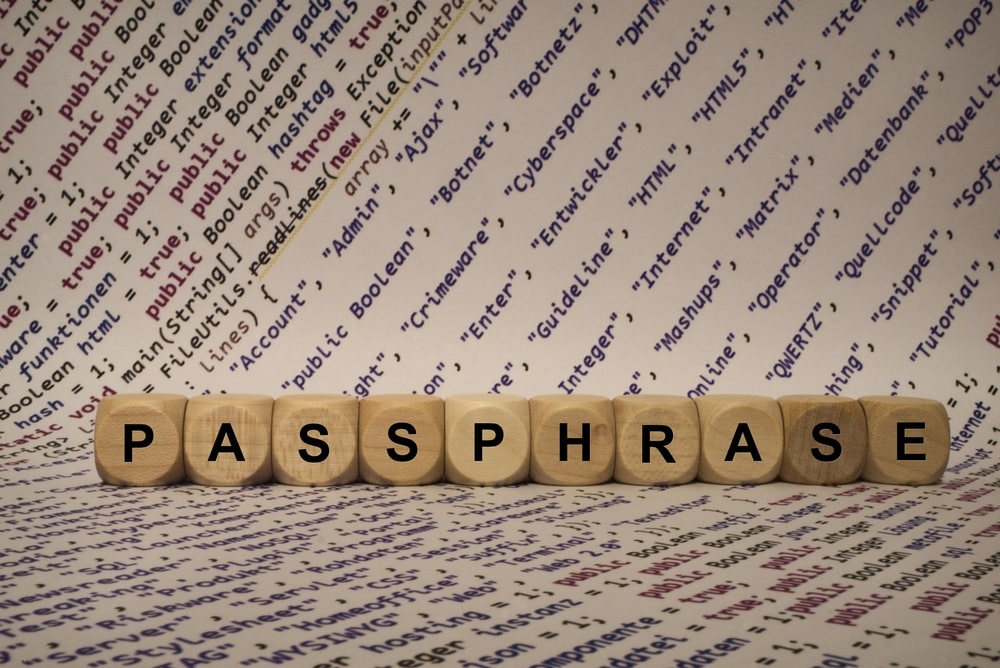
The Birthday Problem/Paradox
If you group 23 people born in the United States together, there is a 50% probability that two of them will have the same birth date (month and day).
If you increase the group to 47 people it becomes a virtual certainty that two of them will share a birth date.
There is a great deal of math that goes into this theory (also called the Birthday Paradox). Beyond the math, however, is the simple fact that the most common birthdays in the United States are in late September. (September 16 to October 1 are especially common.) It just so happens that these dates are 9 months after the holidays, Christmas in particular.
The point is that there are certain days on the calendar that are more likely to occur as birth dates than others. There are also certain forms of “randomness” created by computers that are far less random than you might expect – and their predictability makes cracking passwords easier as a result.
Digging Deeper
The birthday paradox, also known as the birthday problem, is a counterintuitive phenomenon in probability theory. It refers to the surprising likelihood that in a relatively small group of people, there’s a higher chance of two individuals sharing the same birthday than one might initially expect.
Contrary to what you might intuitively think, the birthday paradox isn’t about finding a pair of people who share a specific birthday (like you sharing your birthday with someone else). Instead, it’s about finding any pair of people within a group who share the same birthday.
Here’s a simple explanation of why the birthday paradox occurs:
Suppose you have a room with just two people. The chance that the second person shares the same birthday as the first is 1/365 (assuming a non-leap year and an even distribution of birthdays). Now, if you add a third person, there are two potential pairs that could share the same birthday: the first and second person, or the second and third person. This increases the chances of a shared birthday.
As you add more and more people to the group, the number of potential pairs increases rapidly, which in turn increases the likelihood of at least one of those pairs sharing a birthday. This phenomenon might seem counterintuitive because our brains tend to think in terms of individuals rather than pairs.
The mathematical formula to calculate the probability of a shared birthday in a group of n people is a bit complex, but you can get an intuitive understanding by looking at a few key points:
- With just a few people, the probability of a shared birthday is quite low.
- As you add more people, the probability increases.
- There’s a critical point where the probability crosses the 50% threshold. This happens with around 23 people.
In a group of 23 people, the probability that at least two of them share a birthday is approximately 50.73%. This is why the birthday paradox is often used to illustrate how our intuitions about probabilities can be misleading.
In larger groups, the probability continues to increase, and by the time you have around 70 people, the probability of a shared birthday is over 99%. After that point, the probability approaches 100% quite rapidly as you add more people.
It’s important to note that the birthday paradox is based on random chance and doesn’t mean that sharing birthdays is somehow more common than we think. It’s a demonstration of how quickly the number of potential pairs grows as the group size increases, leading to a higher likelihood of shared birthdays than our intuition suggests.





